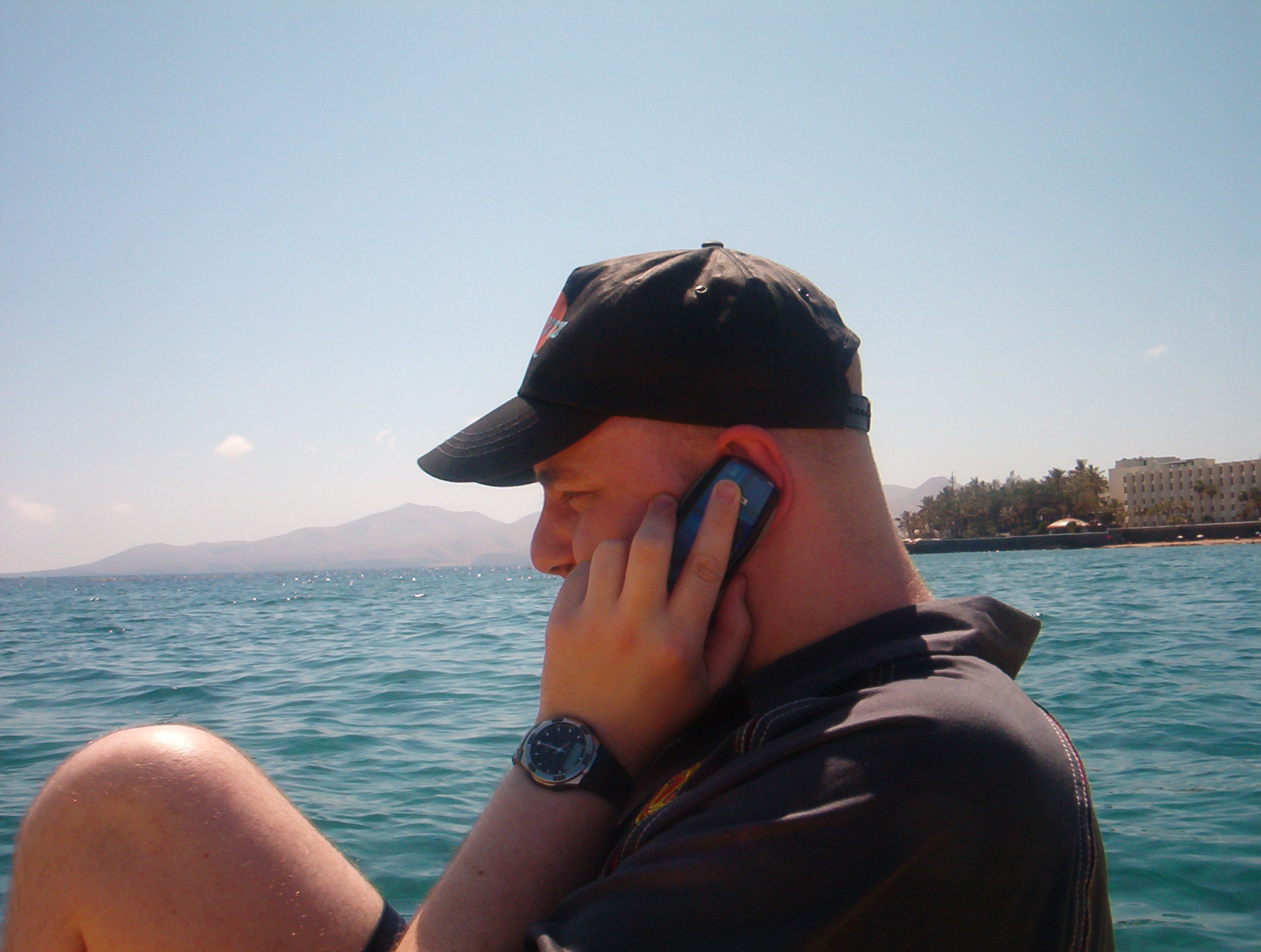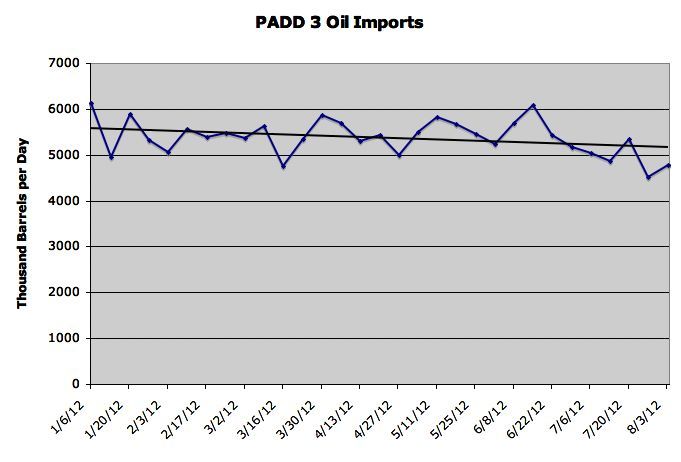The Ho-Ho reversal completes a new crude logistics paradigm in the US. Under the old paradigm the needs of Gulf Coast refineries that exceeded local onshore and offshore Gulf of Mexico production were met by imported foreign crude. A portion of that imported crude also flowed from the Gulf Coast to the Midwest when refinery capacity in that region exceeded domestic and Canadian supplies. In the new paradigm, from early 2013 incremental crude supplies to feed Gulf Coast refineries will come from domestic production and Canadian imports rather than from foreign imports into the Gulf Coast. The pipeline projects to facilitate this new paradigm are already well underway but will really kick into gear over the next two years. The table below shows the projects together with their capacities and expected online service dates.
Pipeline Capacity Mb/d Service date Route
XOM Pegasus 96 Existing Patoka to Nederland
Seaway 1 150 2012 Cushing to Houston
Seaway 2 250 2013 Cushing to Houston
Seaway 3 450 2014 Cushing to Houston
Keystone Gulf ext 700 2013 Cushing to Nederland
Keystone Hou Lateral 130 2014 Cushing to Houston
Eagle Ford Enterprise 350 2012 Leissy to Katy
West TX Gulf 40 2012 Midland to Nederland
West TX Gulf 90 2013 Midland to Houston
Permian Express 1 90 2013 Colorado City to Nederland
Permian Express 2 110 2014 Colorado City to Nederland
Longhorn Reversal 225 2013 Crane to Houston
Bridge Tex 278 2015 Colorado City to Texas City
KM Crude/Condensate 300 2012 East Eagle Ford to Houston
Total new capacity: 2012-2015 3113
In short these projects add up to a whopping 3.1 MMb/d of new crude capacity into the Houston area by 2015. Although Texas Gulf Coast refineries (3.8 MMb/d) could absorb the new crude it is unlikely that they will abandon their existing suppliers overnight. We have previously covered the crude quality issues that will make it hard for Gulf Coast refiners to simply switch their supplies on a dime (see
Turner Mason and the Goblet of Light and Heavy). Instead refiners will gradually replace existing imports, perhaps initially by blending them with the newer lighter crudes. That means the new crude supplies coming into Houston could start to backup pretty quickly – resulting in a new supply logjam on the Texas Gulf Coast.
A potentially more flexible relief valve for crude trying to reach the Louisiana Gulf Coast from Texas will be additional rail tank car movement. Such movements from the Eagle Ford and Permian basins direct to St James, LA or Louisiana area refineries are already taking place and they could increase. Just as we saw in Cushing over the past two years, the build up of a crude stockpile in Houston will discount prices there versus the Louisiana Gulf Coast enough to make the higher cost of rail car movements economic.
Another outlet valve to help crude supplies from Texas reach the Louisiana Gulf is waterborne movement. There are already three tankers moving Eagle Ford crude from Corpus Christi, TX to LOOP LA. Those tanker movements are restricted because they are between US ports and have to use Jones Act vessels. They are however being encouraged by the LOOP port authority that has constructed offloading facilities that suit the smaller tankers being used for these coastal waterborne movements.
For now, the Ho-Ho reversal looks - on paper at least to be a logical missing link between the Texas and Louisiana refining markets - required to complete the shift to a new US crude oil logistics paradigm. However when you add up the new crude flows coming to the Gulf Coast, the Ho-Ho project does not provide enough capacity to prevent an oversupply problem in Houston. The arrival of 3.1 MMb/d of new crude supplies into the Texas and Louisiana refining markets over the next two years is shaping up to be quite chaotic. The Ho-Ho reversal may also compound the problems by creating a separate supply build up in Louisiana.














